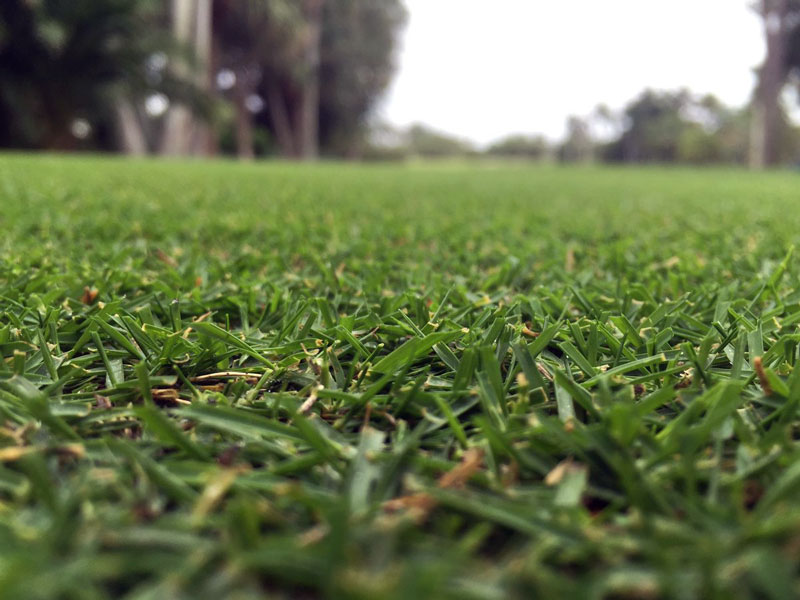The best lawn and garden pest and weed control methods do not involve pesticides or herbicides. In fact, growing strong, healthy, vibrant plants coupled with an occasional use of a repellent oil provides the best pest protection money can’t buy, according to Master Gardener Wade Hibler, the host of “Ask Wade” on KBEY 103.9 FM Radio Picayune.
The program airs at 6:20 a.m. and 8:20 a.m. Monday-Friday, when Hibler answers emailed questions from Highland Lakes growers. Water conservation and pest control are among the most common topics.
With 32 years’ experience digging in the dirt, Hibler knows how to deal with most gardening issues, including pesky insects. His secret, he said, is to let the plants do most of the work.
“The best way to be insect-resistant is to be the biggest, baddest plant in the garden,” said the former Burnet County AgriLife Extension agent. “If the plants are thriving, they are insect-repellent.”
While insects will feed on those healthy, vibrant plants, the plants can handle them. As for bugs, Hibler doesn’t fight them; he repels them.
“I don’t want them to ever show up in the first place,” he said.
If a repellent is necessary, Hibler uses neem oil, a natural pesticide found in the seeds of the neem tree. (For science nerds, azadirachtin is the main repelling component in neem oil.) The oil is used in hundreds of products, including toothpaste, cosmetics, and pet shampoos.
Fighting weeds is no different. Healthy grass that doesn’t require a lot of water or fertilizer works best, Hibler said.
“In fact, people buy a bag of fertilizer and think they have to put the whole bag on their yard,” he said. “You need to do the math and use the right amount. Read the instructions on the bag. And remember: Weeds love fertilizer, too. Too much encourages weeds.”
To keep grass healthy enough to fight its own weed wars, it needs what we all need: good nutrition and proper watering. Better yet, when it comes to conserving precious resources such as water, Hibler strongly encourages the use of native plants and wildflowers in lieu of St. Augustine grass for lawns in Central Texas.
“I call St. Augustine, St. Hog-asteen,” Hibler said. “It hogs water.”
He suggests Zoysia grass, which looks like St. Augustine but doesn’t require as much water and grows in the shade. It is heat- and drought-resistant and will hold up to heavy foot traffic. It is becoming a popular grass for golf courses and was used on the 2016 Olympics course in Rio de Janeiro.
“The hardest thing to learn about Zoysia is how to put down the garden hose,” Hibler continued. “I tell people to put down the hose, back away slowly, and nobody will get hurt.”
suzanne@thepicayune.com
Keeping lawn and garden pests at bay the natural way

Zoysia grass looks like St. Augustine but is more heat-resistant, uses less water, and grows well in shade. Bladerunner Farms in Poteet south of San Antonio is the world’s largest privately owned Zoysia grass research facility. The farm provided the grass for Rio de Janeiro’s Olympic golf course in 2016.
